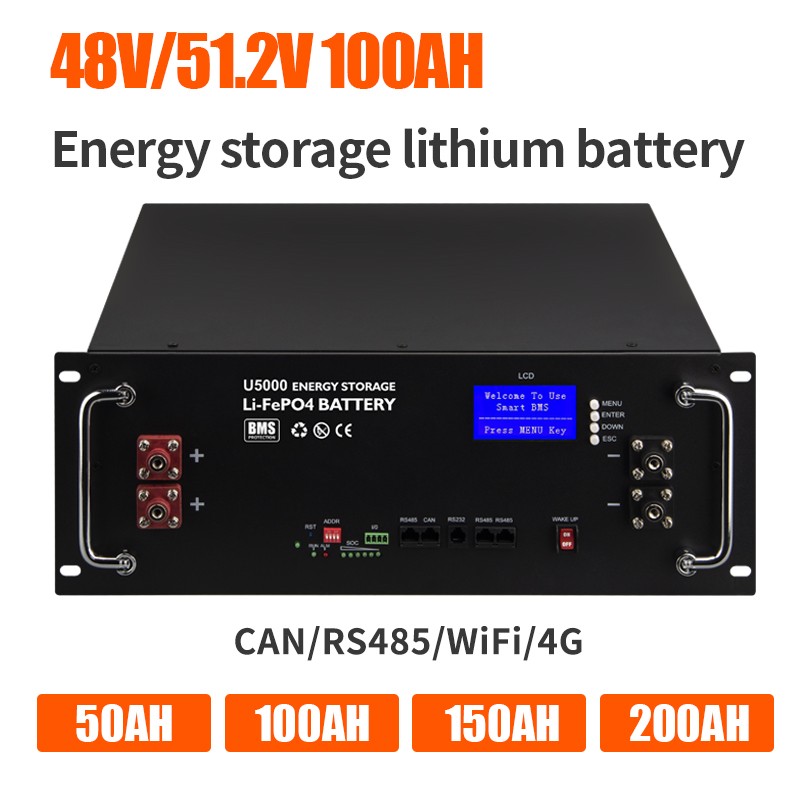Adapting to Nature's Variability: How A-Grade GPS Solar Energy Storage Systems Navigate Variable Weather Conditions
2024-01-23
Introduction:
One of the challenges in harnessing solar energy lies in the variability of weather conditions. A-grade GPS solar energy storage systems, however, rise to this challenge by integrating sophisticated technologies that enable them to adapt seamlessly to changing weather patterns. In this blog, we explore how these systems navigate variable weather conditions, optimizing energy production and storage to ensure consistent and efficient performance.
1. Continuous Sun Tracking:
A-Grade systems leverage GPS technology for continuous sun tracking, allowing them to calculate the real-time position of the sun. This capability enables the system to dynamically adjust solar panels to optimize sunlight exposure, even in the face of changing cloud cover or varying sunlight angles.
2. Dynamic Panel Adjustment:
In response to variable weather conditions, A-grade systems feature dynamic panel adjustment capabilities. The solar panels can adapt their tilt and azimuth angles to align with the current position of the sun. This flexibility ensures that panels capture maximum sunlight during periods of cloud cover or shifting sunlight angles.
3. Cloud Cover Adaptability:
The integration of GPS technology enables A-grade systems to adapt to cloud cover dynamically. By continuously tracking the sun, the system can adjust energy production strategies based on real-time weather data. This adaptability ensures that energy capture remains optimized even during periods of reduced sunlight intensity.
4. Predictive Weather Forecasting:
A-grade systems often incorporate advanced weather forecasting capabilities. By utilizing GPS-driven data and other meteorological inputs, these systems can predict upcoming weather conditions. This predictive capability allows for proactive adjustments in energy production and storage strategies to optimize performance in anticipation of changing weather patterns.
5. Efficient Battery Charging and Discharging:
In response to variable weather, A-grade systems optimize battery charging and discharging cycles. During periods of ample sunlight, excess energy is efficiently stored in the batteries. Conversely, during cloudy conditions or reduced sunlight, the system intelligently manages energy usage, drawing on stored energy to maintain a consistent and reliable power supply.
6. Temperature Compensation:
A-grade systems often incorporate temperature compensation features. As weather conditions fluctuate, temperature variations can impact the efficiency of solar panels. Temperature compensation adjusts the system's operations to account for temperature changes, ensuring optimal energy production even in diverse climate conditions.
7. Intelligent Energy Management Algorithms:
Advanced energy management algorithms, guided by GPS-driven data, play a crucial role in handling variable weather. These algorithms optimize the distribution of energy between production and storage components, ensuring that the system responds intelligently to changes in sunlight intensity and weather patterns.
8. Grid Interaction Optimization:
A-grade systems intelligently manage grid interactions in response to variable weather conditions. During periods of reduced solar production, the system may draw on grid power or adjust grid-tie capabilities to maintain a consistent energy supply. This optimization ensures a seamless transition between solar and grid power as needed.
9. User-Defined Preferences:
Users have the ability to define their preferences for energy production and storage in variable weather conditions. A-grade systems allow users to customize settings based on their priorities, balancing factors such as maximizing energy independence, optimizing grid interactions, or prioritizing battery storage during inclement weather.
10. Historical Performance Analysis:
A-grade systems conduct historical performance analysis, examining how the system has responded to past variable weather conditions. This data helps optimize future energy production and storage strategies, enhancing overall system resilience and adaptability to changing climates.
Conclusion:
A-grade GPS solar energy storage systems showcase a remarkable ability to adapt to the inherent variability of weather conditions. By leveraging GPS technology and advanced algorithms, these systems optimize energy production and storage strategies dynamically. As we embrace a future powered by renewable energy, the adaptability of A-grade systems to variable weather conditions becomes a cornerstone in ensuring a consistent, efficient, and reliable supply of clean energy.



